Contents
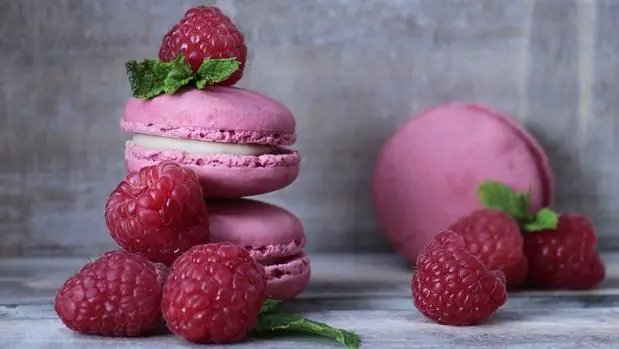
It is the most popular sweetener and the most controversial of the moment. But it is also a luxury product, an ingredient that in the most expert hands becomes pure magic and an essential gourmet capable of adding an unexpected touch to any dish.
Travel around the sugar. Between delicatessen, addresses and surprising projects.
The charms of çarkara crystals
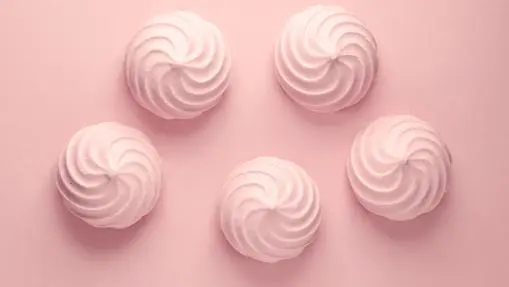
When it comes to sugar, mentioning exact dates and locations is a chore. Apparently, It was the Hindus the first to taste its charms. From India, that sweet invention spread to China and the Middle East, about 4.500 BC. For Alexander the Great, sugar was one of the treasures of Asia: the word çarkara He was referring to the crystals obtained from the juice of the sugar cane. Later, that ingredient spread in the Mediterranean.
It came to Spain through the Arabs (who called it sukkar) and finally, thanks to Spain and Portugal, the cultivation of sugar cane reached America. As is easy to imagine, the sugar boom it coincided with that of tea, coffee and chocolate back in the seventeenth century, but already in the twelfth century this product was sold as an exotic spice at a very high price. A spice of luxury.
White, Demerara, muscovado
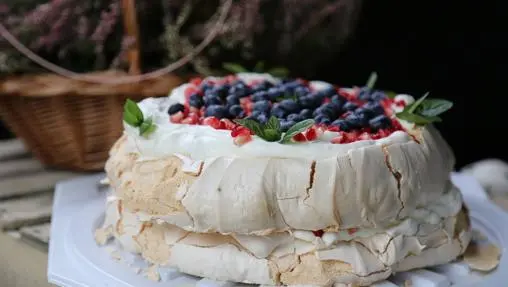
There are several types of sugar. The most common is the white or refined one obtained from sugar cane or beet and contains around 100% pure sucrose. In the case of brown sugar, this percentage can drop to 85%: its texture is thicker, its color is darker and its aroma is much more intense. It is also known as Demerara.
Muscovado sugar is an even less refined sugar that is obtained from cane syrup that is subjected to an evaporation process and then ground. It stands out for its very fine, almost wet texture and an intense liquorice aroma. It can be found in a “light” and “dark” version.
The purest: panela

La panela it is considered the purest sugar: in this case, the juice that is extracted from the sugar cane is filtered and crystallized on its own. Once solid it is grated, giving rise to less uniform grains. Besides sucrose, it also contains glucose, fructose, minerals, fats, proteins and vitamins. It is, in other words, richer than sugar from a nutritional point of view.
It is not difficult to find, but its price can be nine times higher than that of refined white sugar.
Flavored with nori seaweed
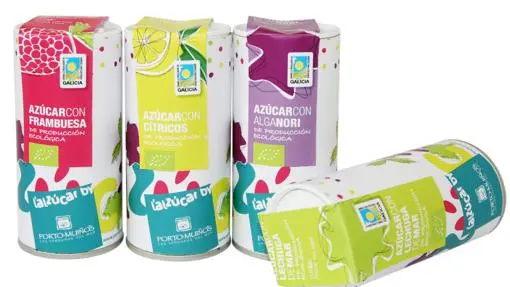
Porto-Muiños It is a Galician family business that has been dedicated for almost twenty years to products based on algae and canned fish. One of its most original products – and “eco” – is a range of white sugars flavored with raspberry, citrus and, of course, nori seaweed and sea lettuce. They are designed to give a surprising touch to desserts, sauces, smoothies, infusions and cocktails.
Sweet cubes in deluxe edition
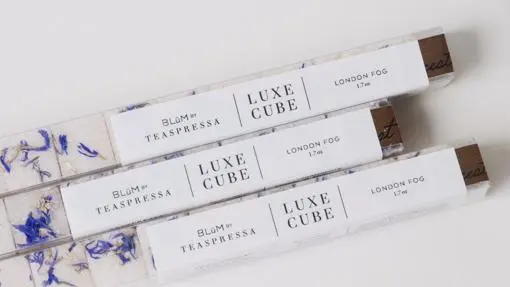
Teaspressa is an American company that sells blends of teas to be made at home through an infusion process similar to that of coffee (with mocha and filters). The idea is to blend the delicacy of the tea with the body and texture of the coffee. Hence its name.
The business also extends to the odd utensil and, of course, to the sweet complement of a good cup of tea: the sugar. With Madagascar vanilla, with mint, with spices, with ginger and rosemary, with caramel, infused with rose and lavender. It is the complete range of clods from this innovative brand. They come in small sticks or elegant cubes of twelve and twenty-seven lumps that sell for $ 15 and $ 24, respectively.
Sugar artists
La Coffee cream con mousse de chocolate cocida de Monse Abellà in Santceloni, the Margarita by Albert Adrià in Hoja Santa, the box of cigars from Jordi Roca at El Celler de Can Roca. And then the desserts of Oriol Balaguer, Jordi Butrón or Christian Escribà in their respective pastry shops. What is almost impossible that we will one day see in the same showcase, we see in a recent publication of the Planeta Gastro publishing house.
‘Sweet’ collects the best recipes from the best pastry chefs in the national territory. Artists of the kitchen that have patiently manufactured for the sweet kitchen the place, not secondary, that it deserves. Apart from delighting in the images and ingredients of magnificent desserts, this book can be used as a compilation of the TOP addresses that every sugar lover worthy of the name cannot afford to ignore.
Sugar watermark: real icing
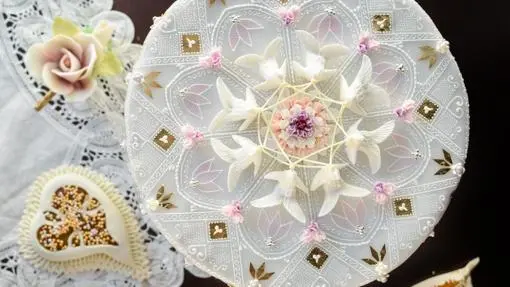
If you are addicted to cake design and you are convinced that fondant is the quintessence of sweet art, wait to see what they do in the Italian island of Sardinia for centuries with the royal ghiaccia. It is a mixture of egg white and sugar that is whipped into an overwhelming white mass. It is then put into small cones, which the firm hands of expert pastry chefs grasp like a pen.
Thus, elegant sugar filigree material like the ones signed Roberto Murgia from the pastry shop Sweets in progress, in the wonderful town of Alghero. Geometric motifs, flowers and leaves in 24 karat gold for absolutely stunning sweet creations.
Coconut sugar, exotic pleasure
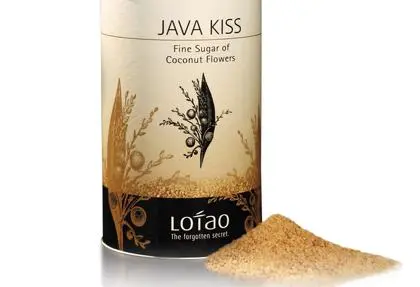
It’s coconut sugar is the most fashionable sugar. It is a natural sweetener that is obtained from the sap of the trunk and, more commonly, the flowers of the coconut tree. Your recent success depends on three factors: it has a lower glycemic index than common sugar, is rich in minerals and amino acids and can perfectly substitute for cane sugar in any recipe.
In specialized stores, you can find a range of the Indonesian firm Lotao. Natural coconut flower sugar (Java Kiss), with ginger and lemon (Ginger Kiss) and with the trio of spices mace, cardamom and cinnamon (Oriental Kiss). 250 gr. of that exotic pleasure they can cost from 6 to 8 euros.
Christmas and «Petaceta»
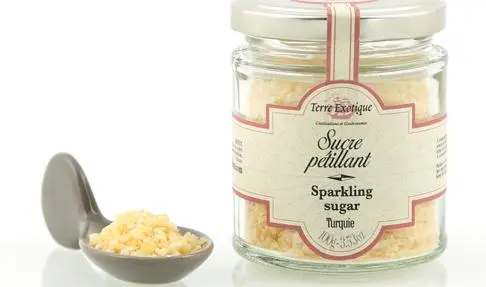
Coconut, maple, pearl, caramel, brown with cinnamon, muscovado. The online store of Exotic Land it is a true paradise for those who love to sweeten themselves Exotic Land life.
Two especially fell in love with us: the christmas sugar –With spices such as cinnamon, anise, ginger, cardamom, cloves, among others– and sugar crystals “Petacetas”, designed to explode in the mouth or to add sparkle to any dessert. Because it is never too early to think about Christmas, nor too late to feel like children again.
Don’t miss the cotton candy!

Aside from pots, there are few things that take us back to childhood like cotton candy. To childhood and to the party. What if you didn’t have to be children and there was a fair to put your nose back in a cloud of sugar?
This is the mission of the project Fluff: make sure that there is no party without your cotton candy or, alternatively, that you do not need a party to eat cotton candy. This delicacy arrives directly at home in bags and tubes with flavors as suggestive as birthday cake, peanut butter and raspberry jam or lemonade.
If Australia catches us a bit far, there will always be a look at their account Instagram Fluffegram. A real sugar festival.









